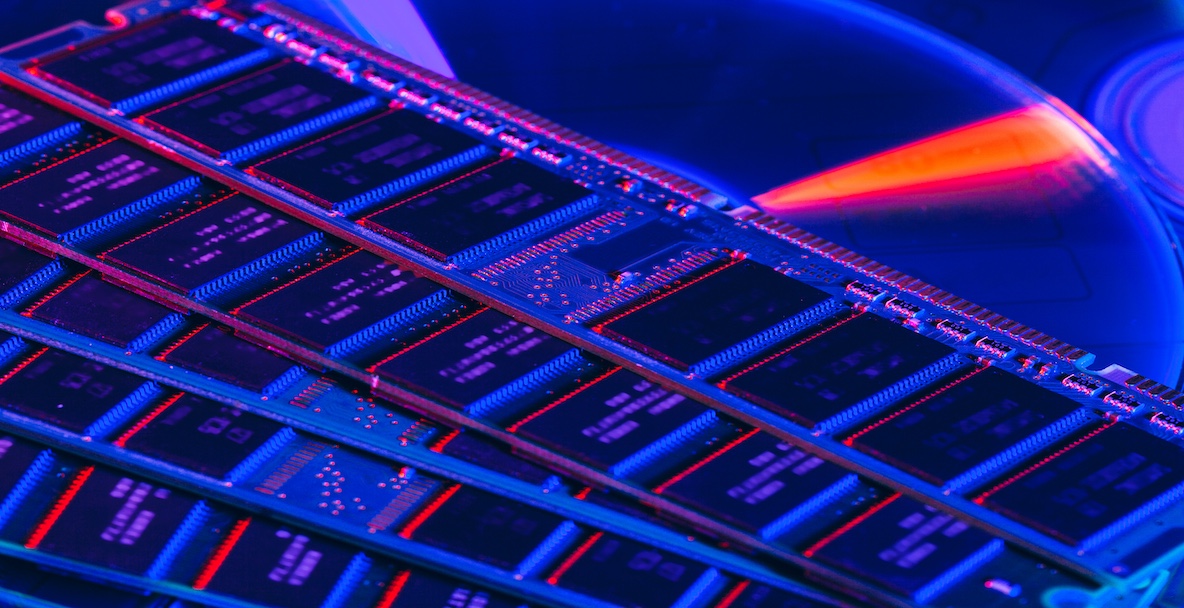Memory price hikes and the labor crisis reshape supply chains

Brace for higher costs and a tighter supply chain as memory prices rise.
The global tech supply chain is staring down mounting challenges coming from multiple angles. Samsung’s aggressive Q4 memory price hikes and Taiwan’s looming labor shortfall highlight two forces moving in parallel: rising component costs and shrinking workforce capacity.
Together, Samsung’s pricing strategy and a threatening retirement crisis in Taiwan are indicative of broader vulnerabilities in the global electronics supply chain. With markets entering a period where cost inflation and capacity challenges will go hand-in-hand, resilience hinges on proactive diversification and digital supply chain intelligence to anticipate and adapt to future disruptions.
Samsung raises DDR4 prices in Q4
Samsung is reportedly preparing one of its most aggressive memory pricing strategies in recent years amid surging demand from the AI sector. According to TrendForce reports, the company plans to raise DRAM prices by up to 30% and NAND flash prices by 10% in the fourth quarter of 2025.
The move marks a strategic pivot for Samsung, which spent the last two years, like most of the market, navigating a steep downturn in memory pricing. Inventory correction cycles and cautious enterprise spending pressured margins across the memory sector. Now, with inventory levels normalized, Samsung is shifting gears to restore profitability.
The electronics giant’s pricing power comes partly from its position as both a leading component supplier and a vertically integrated system builder. This combination gives it the flexibility to internalize cost advantages while passing price increases on to other buyers.
Perhaps more importantly, the Q4 pricing change also reflects tight supply conditions. Capacity across DRAM fabs remains constrained, with manufacturers focused on churning out high-margin products geared towards AI applications. Over the coming quarters, industry buyers, including OEMs and hyperscalers, will likely face higher procurement costs for essential memory products.
The ripple effects will also be significant. As DRAM and NAND chips often account for a substantial share of the bill of materials in electronics, everything from smartphones to SSDs and industrial servers will see higher input costs. OEMs and EMS providers already dealing with tariff volatility and energy cost inflation will now need to factor in higher memory costs as well.
Into 2026, procurement leaders should brace for further memory volatility, this time driven by both supply crunches and rising prices. Sourceability’s global sourcing network can help you leverage alternative suppliers to hedge against primary supplier price hikes and mitigate risk using real-time market intelligence.
Taiwan’s workforce faces massive retirement waves
Taiwan’s semiconductor sector, already a linchpin of the global technology supply chain, is facing a new challenge that no amount of capital expenditure can solve: a shrinking workforce. Recent studies cited by the Taipei Times warn that two major retirement waves are projected to pull 6.67 million workers out of the local labor force.
Beginning with those born in the late 1950s and 1960s, the first wave is already underway as some of the 3.78 million people born during that baby boom are now retiring. Another round of workforce constriction is expected to follow in about 16 years as those born in the late 1970s and 1980s reach retirement age. The projected labor deficit of more than two million individuals has experts worried.
While the timing of these two “baby booms” and their respective population surges is significant, Taiwan’s persistently low birthrates are also a key factor. Simply, there are too few young workers to replace retirees. Unlike in neighboring economies like Japan and South Korea, where workers aged 65 and over play a more significant role, only 10% of Taiwan’s labor force falls into this demographic.
Just as concerning is the low participation of younger generations in the Taiwanese workforce. Studies show that only 38% of Taiwanese individuals aged 15 to 29 are actively working. Compared to the 60% figure seen as typical in Western economies, this imbalance is shocking. While many students are opting to spend a longer time pursuing education, experts also state that, “A significant number of young Taiwanese are either looking and failing to find employment, or idling at home.”
For Taiwan, which carries the burden of being the world’s most critical hub for advanced semiconductors, talent shortcomings pose an existential threat. An aging and underutilized labor pool raises concerns about the country’s ability to sustain its manufacturing output. Most concerning is the fact that throwing money at the problem isn’t an answer. In fact, no quick solution exists.
This reality forces government leaders to grapple with the impending consequences of falling population numbers and find effective new ways to stimulate workforce growth. Expanding automation and accelerating overseas investments can provide partial relief for Taiwanese firms, but neither addresses the fundamental gap in skilled local labor.
For the semiconductor industry, the implications go beyond the statistics outlined in a research study. Talent shortages threaten fab utilization rates, delay equipment advancements, and strain already fragile supply chains. Unlikely cyclical pricing shifts, demographic decline is irreversible in the near term. As a result, TSMC and the broader ecosystem of component and equipment suppliers based in Taiwan could face production bottlenecks in the coming years.
Meanwhile, procurement teams and supply chain managers must begin to factor labor risk into their sourcing strategies just as much as they do price volatility or geopolitical tension. A diverse sourcing strategy helps companies mitigate labor-driven risks by going beyond single-region dependence. Sourceability’s global sourcing network equips buyers with real-time visibility into alternative inventories and suppliers, ensuring continuity even when core hubs like Taiwan face structural workforce constraints.





